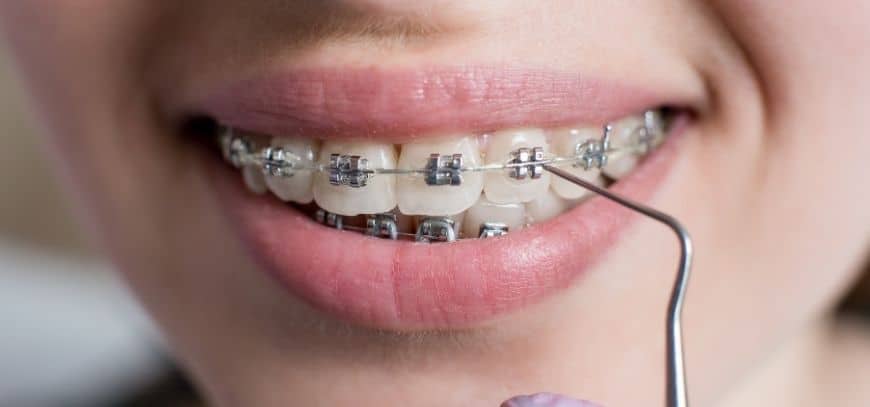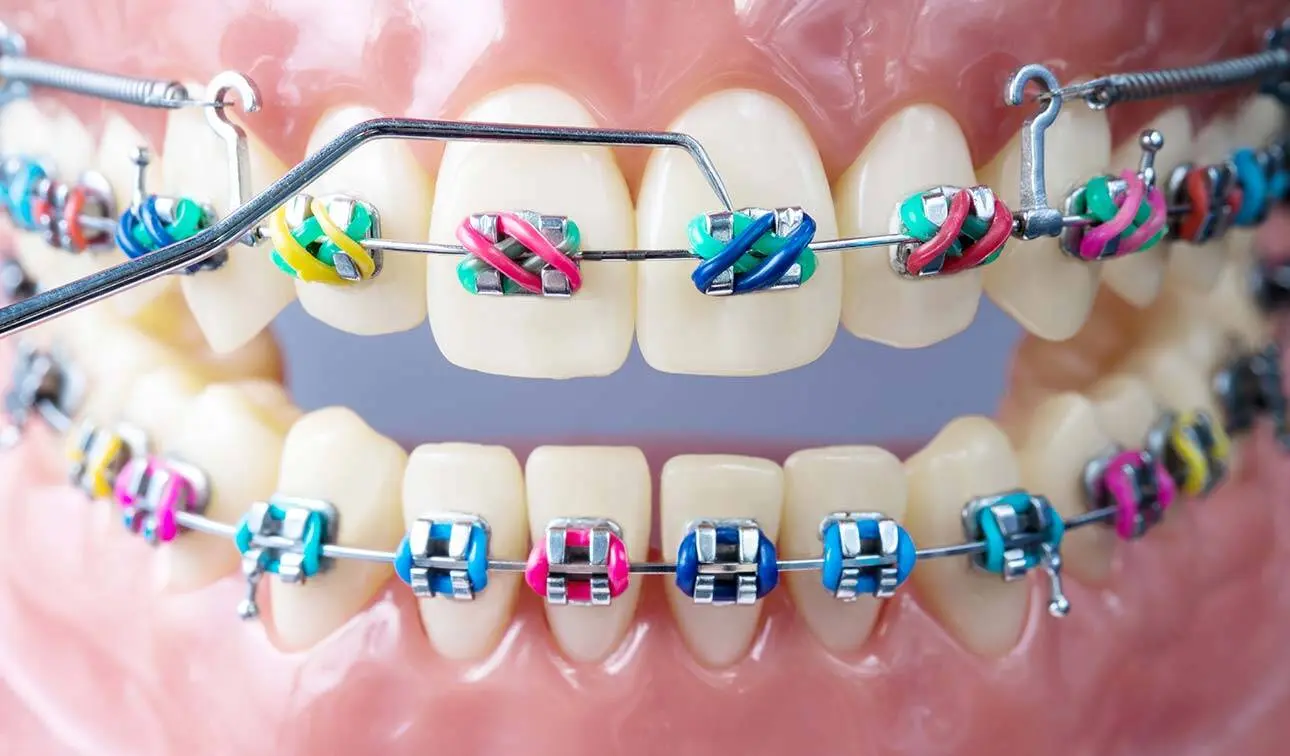
What does orthodontics mean?
Orthodontics is one of the many branches of dentistry which deals with correction of irregular and crooked teeth with several types of braces (Invisalign, fixed braces etc.). The word Orthodontics is made up of 2 words in Greek; ‘Orthos’ means straight, correct and the word ‘Dontics’ means teeth. And a dentist who is specialized in Orthodontics is called an Orthodontist.
What is the aim of Orthodontics and an Orthodontist?
The main aim of both is to achieve properly lined up and straigth teeth, and these come with many advantages such as easier cleaning, better oral hygiene, clearer speech and a more pleasant smile. Though orthodontic treatment can be effective at any age, the American Dental Association suggests that an orthodontic assessment should be performed around the age of seven. The earlier orthodontic treatment begins, the more quickly the problem can be successfully resolved.
The Treatment Options in Orthodontics;
There 3 approaches to a patient who has crooked, unaligned teeth;
- Fixed orthodontic braces
A metal or ceramic dental base is affixed to each tooth, and a dental wire is inserted through each base. The orthodontist is able to gradually train the teeth into proper alignment by regularly adjusting the wire. When the desired results are achieved, the fixed dental braces are completely removed.
- Removable appliances
There are a wide range of removable appliances commonly used in orthodontics, including headgear that correct overbites, Hawley retainers that improve the position of the teeth even as the jawbone reforms, and facemasks which are used to correct an underbite.
- Invisalign®
This is a newer, removable type of dental aligner that is completely transparent. Invisalign® does not interfere with eating because of its removable nature, and mechanically works in the same way as the traditional metal dental braces. Not all patients are candidates for Invisalign®.
Fequently Asked Questions
Invisalign is a system that can be applied to children, young people, and adults. However, the patient profile is considered when deciding on the treatment method. Mild and moderately crooked teeth can be treated using this method. If tooth extraction is required, Invisalign may be used; but the dentist will make this decision. Whether the Invisalign method is suitable for the patient or not is decided as the result of the controls.
In this method, the control frequency is once a month. 2 transparent plates are given after each control. Patients change their plate once every 15 days. Although it can be removed 1-2 hours a day, it needs to be on at least for 18-20 hours every day. It is recommended to be removed only during eating.
The Invisalign method uses clear aligners that are not visible. The answer to the question depends on the frequency of smoking. If the patient is a heavy smoker, transparent plaques are affected and discoloration occurs.
This applies not only to smoking but also to excessive consumption of tea and coffee. This discoloration leads to the plates being noticed while talking. However, the discoloration is not excessive since it is changed once in 15 days.
Speech changes can be observed for a few days after the braces are attached in the orthodontic treatment process. When using removable appliances, it may be difficult to pronounce some letters. However, speech returns to normal in a maximum of 1 week in both options.
Do You Have Any Question?
You can ask us any questions about this treatment 24/7.

